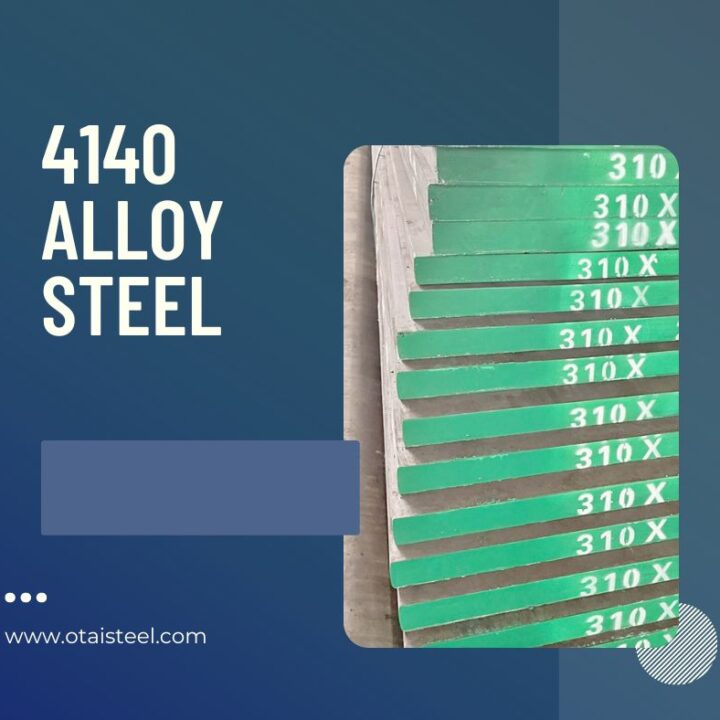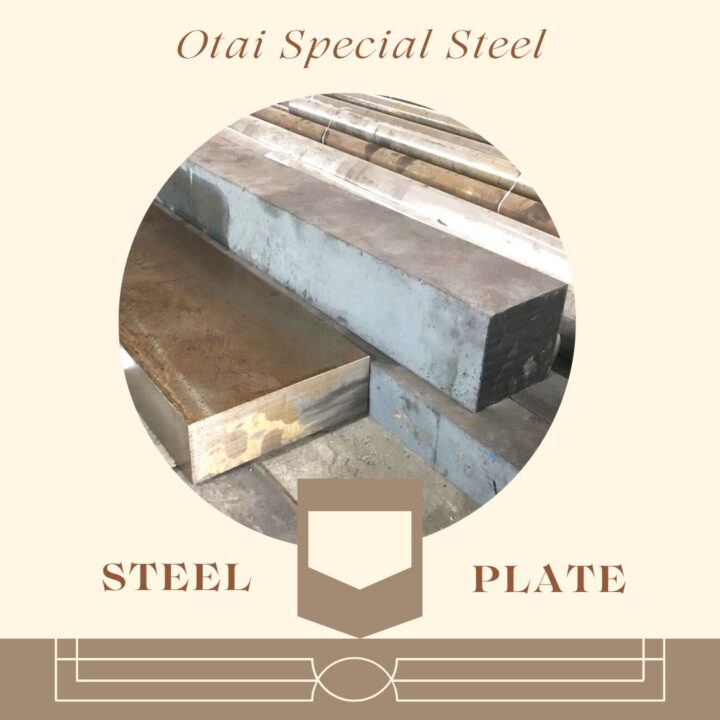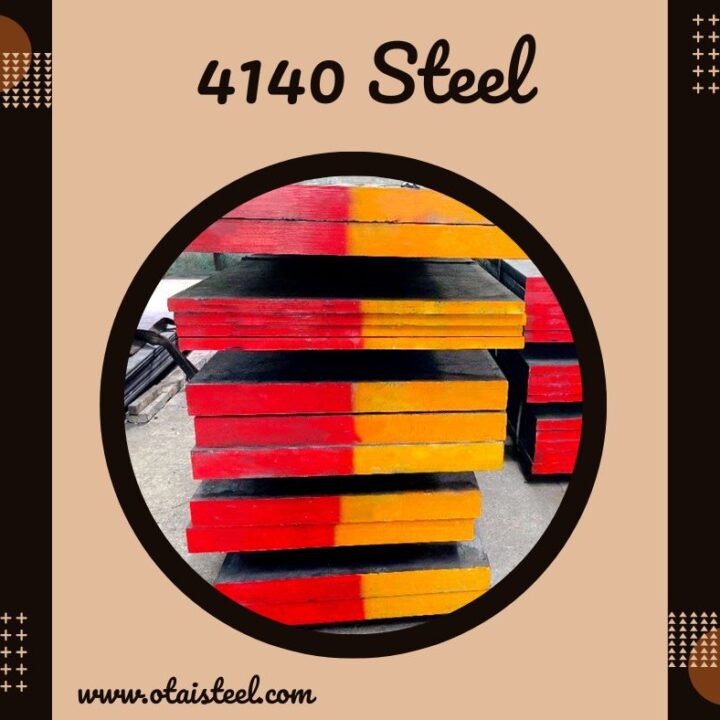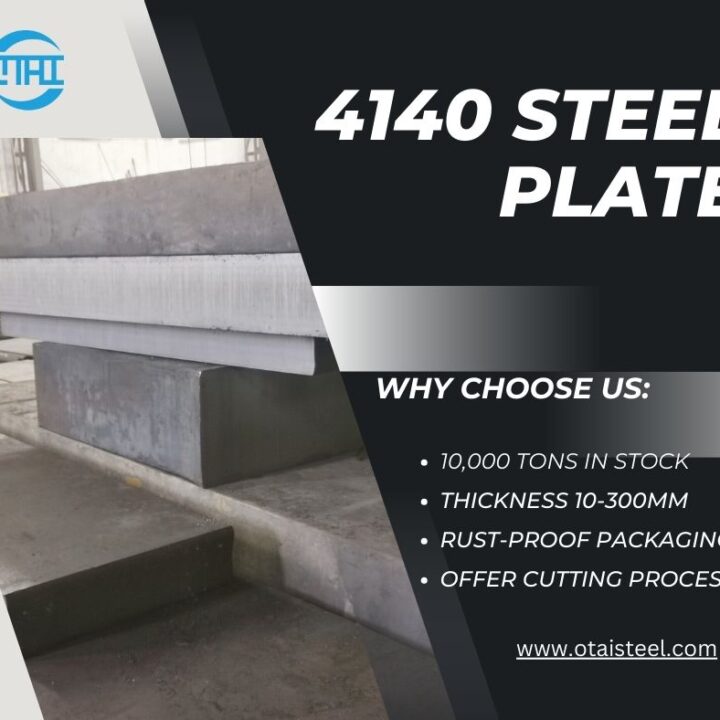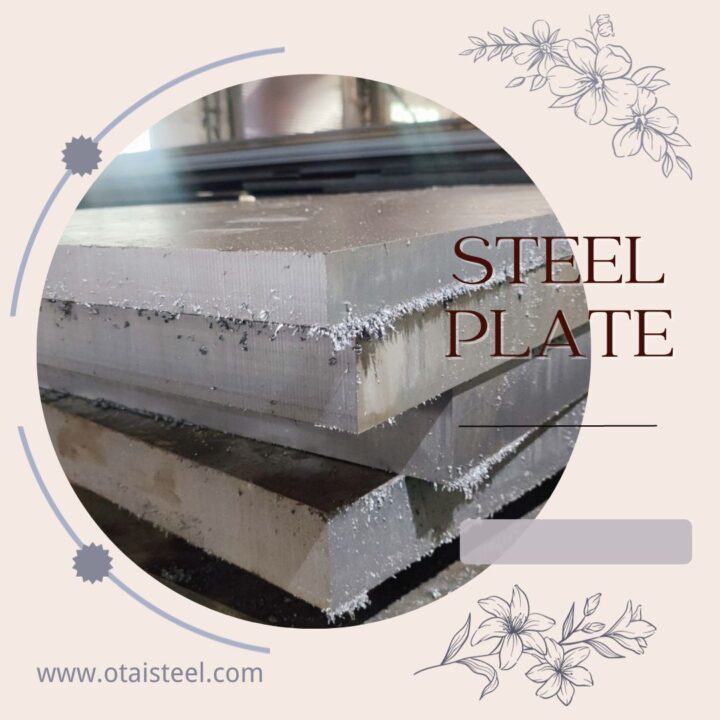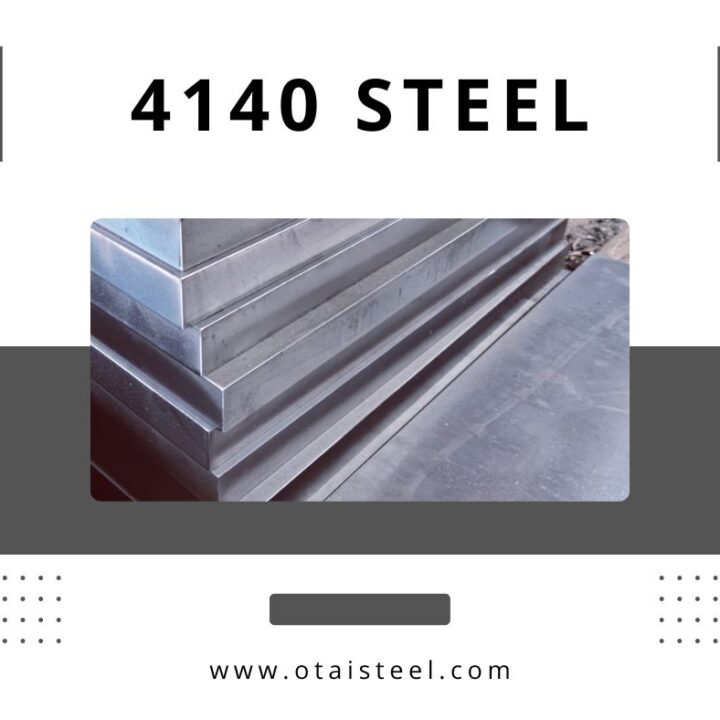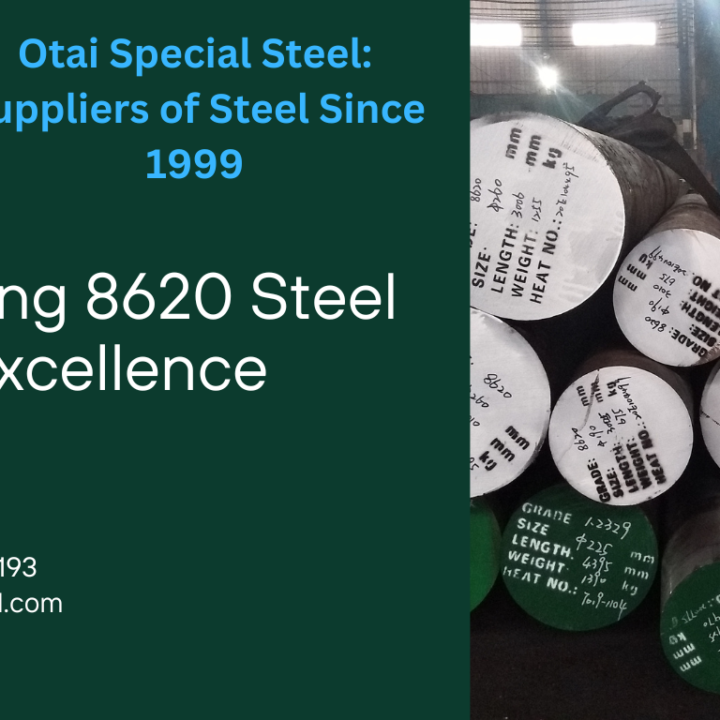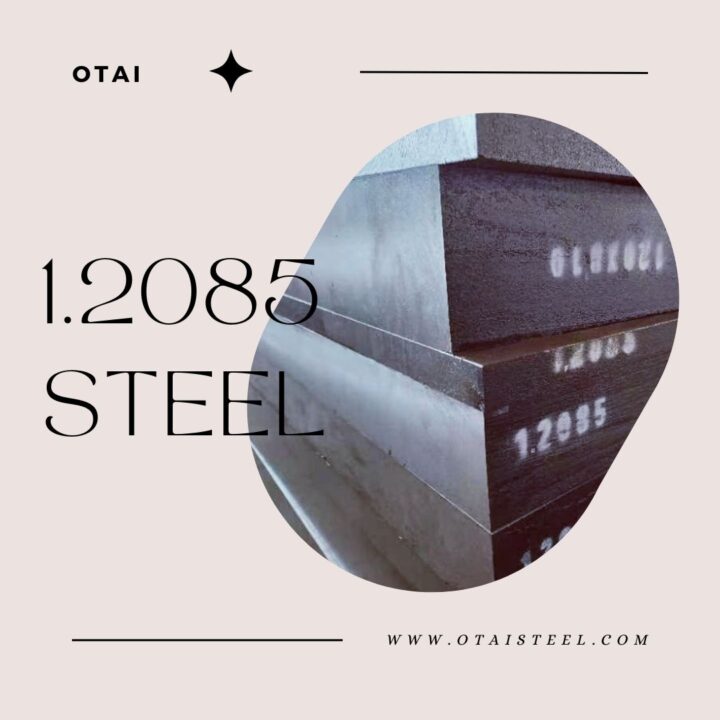S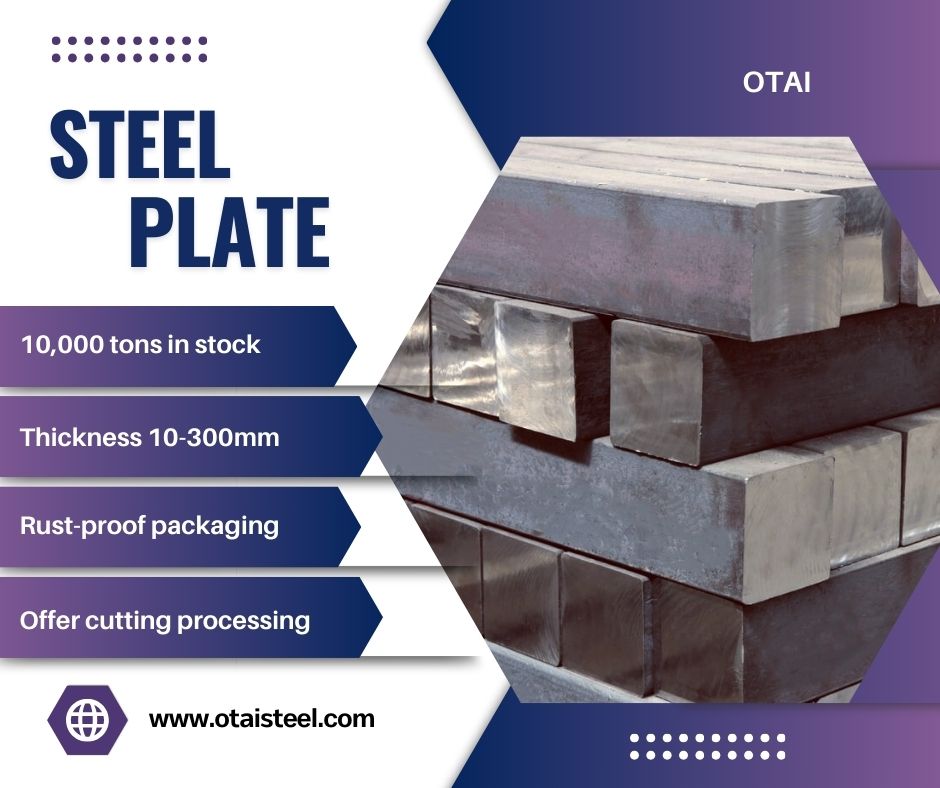 4140 steel plate properties-Understanding AISI 4140
4140 steel plate properties-Understanding AISI 4140
4140 steel, known for its strength and toughness, is widely used across industries. This alloy, known as AISI 4140, is valued for its high strength, ability to harden, and toughness. Beyond its composition, its processing and applications are key. This guide explores the properties of 4140 steel plates, their applications, and emphasizes OTAI’s role as a leading distributor of this versatile material.
Chemical Composition
- Detailed Chemical Makeup
AISI 4140 steel is a low alloy steel containing chromium, molybdenum, manganese, and other elements. Its carbon content (0.38 to 0.43%) contributes to its strength. Chromium (0.8 to 1.1%) and molybdenum (0.15 to 0.25%) enhance its hardenability and toughness. Manganese (0.75 to 1.0%) and silicon (0.15 to 0.35%) further improve mechanical properties.
- Impact on Performance
The chemical composition significantly influences 4140 steel’s performance. Chromium and molybdenum provide wear resistance and enable high-temperature strength. Carbon balance ensures optimal hardness and strength for applications under mechanical stress.
- Comparison with Other Alloys
4140 steel excels among alloy steels for its blend of strength and toughness, making it ideal for applications requiring both attributes.
4140 steel plate Mechanical Properties
- Strength and Hardness
Steel 4140 offers up to 95 KSI (655 MPa) tensile strength and 60.2 KSI (415 MPa) yield strength. Hardenability typically yields a hardness range of 217 HB to 241 HB.
- Ductility and Impact Resistance
High ductility allows conventional forming techniques. Noteworthy impact resistance suits applications subjected to sudden loads or impacts.
- Heat Treatment Effects
Annealing, normalizing, and quenching and tempering alter 4140 steel’s properties significantly, enhancing hardness and strength for specific uses.
Machinability
- Ease of Machining
4140 steel machines well in its annealed state, facilitating diverse manufacturing processes.
- Cutting Techniques
Effective machining requires appropriate cutting tools and coolants to manage its toughness and prevent issues like tool wear and surface defects.
- Troubleshooting Machining Issues
Optimal machining of 4140 steel involves adjusting cutting speeds and feed rates, and diligent tool selection and maintenance.
Welding Performance
- Weldability of 4140 Steel
Conventional welding methods apply, though its heat-treated condition requires careful handling to preserve mechanical properties.
- Post-Weld Heat Treatment
Essential to maintain welded joint strength and toughness akin to base material.
- Welding Considerations
Preheating and precise welding parameters prevent cracking, with post-weld heat treatment ensuring performance.
Annealing
- Effects of Annealing
Annealing reduces hardness and enhances ductility, improving machinability and reducing brittleness.
- Cooling Rates
Controlled cooling rates influence final steel properties, crucial for uniform microstructure and overall performance.
- Best Practices
Achieving optimal annealing results hinges on precise heating, holding, and cooling protocols.
Applications
- Automotive Industry
Critical for gears, shafts, and fasteners due to its robustness and reliability.
- Mechanical Engineering
Preferred for highly stressed parts like shafts and gears, offering durability and strength.
- Construction and Infrastructure
Suitable for heavy-duty components needing resilience in harsh environments.
Equivalent Materials
- Alternatives to 4140 Steel
Similar materials like 42CrMo4 and SCM440 offer comparable properties, based on availability and cost.
- Performance Comparison
Consider differences in machinability and weldability when substituting materials.
- Supply Chain Considerations
Availability and cost influence material choice, with supply chain logistics impacting project timelines.
OTAI Selling Points
- Stock Availability
OTAI maintains over 10,000 tons of 4140 steel plates for rapid deployment across projects.
- Custom Processing Services
Provides tailored cutting and processing services to meet specific project needs.
- Packaging and Protection
Ensures secure transport with various packaging options, safeguarding steel integrity.
Conclusion
4140 steel’s mechanical prowess makes it a versatile choice across diverse applications. OTAI enhances its value with robust supply, tailored services, and a commitment to customer satisfaction.
FAQs
- Is 4140 steel suitable for high-temperature applications?
Yes, its high fatigue strength and toughness make 4140 steel suitable for high-temperature applications.
- Can 4140 steel be annealed?
Yes, annealing reduces hardness and increases ductility, enhancing machinability.
- What are the common applications of 4140 steel?
Common applications include automotive, mechanical engineering, and construction, where high strength and durability are essential.
